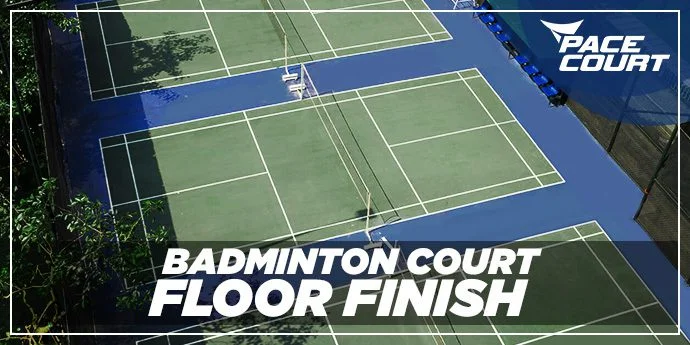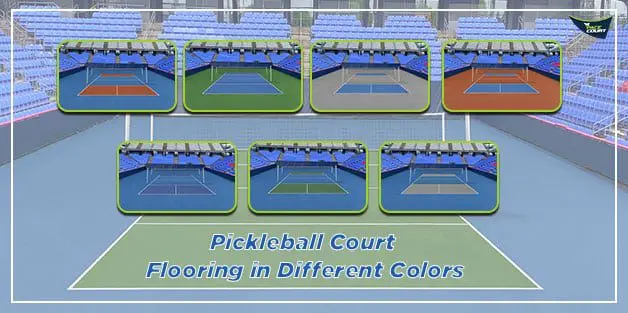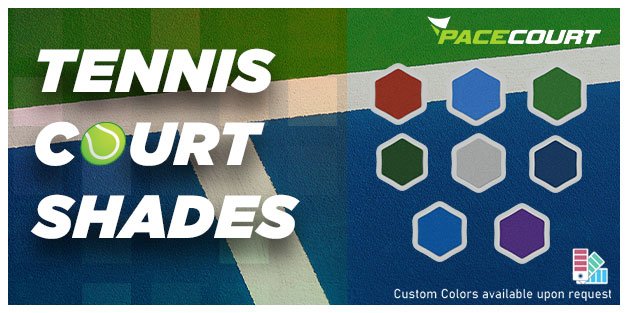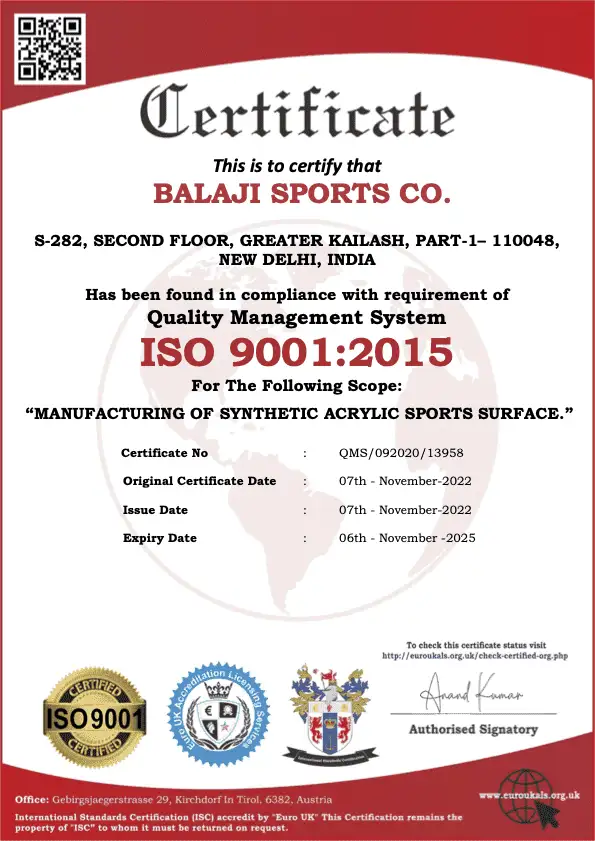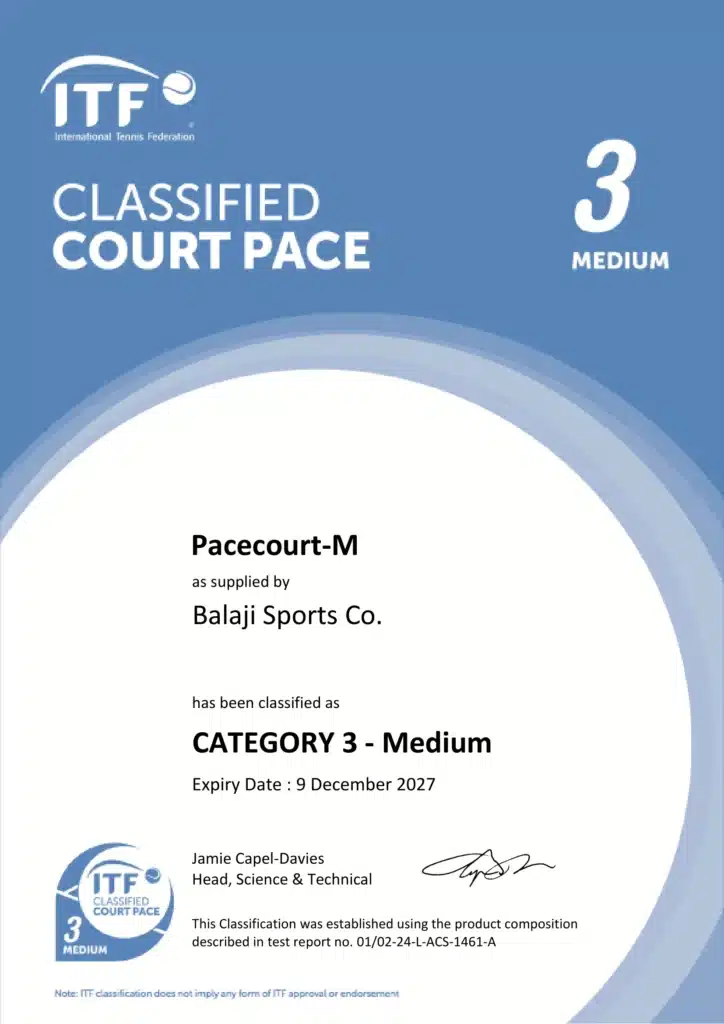Why Smaller Courts Make a Big Difference: Tennis vs. Pickleball Rules Explained
Introduction Pickleball has emerged as an exciting alternative to traditional racket sports, especially tennis. Even though the court designs and regulations of this sport are comparable to those of tennis, its gameplay and game personalities are different. The main elements influencing how they construct courts or decide what is ideal for their facilities are these variations. In addition to discussing a crucial topic about acrylic flooring for outdoor sports courts, this piece emphasizes the very notable distinctions between the construction of tennis vs pickleball courts. Tennis Court And Pickleball Court Both pickleball and tennis court flooring are fun activities for anyone who wishes to maintain overall physical fitness. The games are incredibly social and a fantastic way to meet new people. You’ll find that you’re enjoying life, making new friends, and having a great time whether you choose one, the other, or both. The greatest thing about these two sports is that they are accessible to athletes of all ages and skill levels. The purpose of these multiplayer games is to involve everyone in the community, including friends and family. Tennis vs. Pickleball: Key Court Differences Dimensions and Layout Tennis courts are 78 feet long and 36 feet wide for doubles play; in contrast, pickleball courts are substantially smaller, measuring only 44 feet long and 20 feet wide. Pickleball is the cost-effective option for usage in community centers and recreational facilities because of the courts’ compact size, which permits numerous fittings in the same area. Net Height A tennis net is three feet in the middle, but it is higher at the posts, which are 3.5 feet above the ground. A pickleball net, on the other hand, is a little lower, with a height of 34 inches and both ends of 36 inches. In the end, this indicates that the two games are played differently because of the disparity in net height. In this game, accuracy and fast reactions are highly valued. Surface Markings The tennis court’s layout is complicated by the numerous lines for service boxes and doubles lanes. A pickleball court flooring, on the other hand, is less marked and simpler. In the pickleball court, the non-volley zone—often referred to as the “kitchen”—serves as a special feature that promotes strategic play closer to the net. The Role of Acrylic Flooring in Court Performance Both tennis and pickleball courts can benefit from an acrylic floor since it is long-lasting, visually pleasing, and can enhance performance. Its non-slip surface gives every outdoor player a sense of security. Durability and Weather Resistance It is ideal for outdoor sports courts since it endures in inclement weather. It ensures long-term performance because it doesn’t fade or crack like other materials do. Any facility that has acrylic surfaces, which are crucial for tennis and pickleball courts, will require less maintenance. Enhanced Playability This is also the case with acrylic tennis surfaces, which provide consistent ball bouncing and traction to enable the player to demonstrate their optimal pace racing style. That similar surface helps to maintain smooth play on a pickleball court by reducing unpredictable ball rolls, which is especially crucial on a smaller court where every little detail counts. Why Smaller Courts Make a Big Impact Increased Accessibility Because pickleball court dimensions are so small, people of all ages can participate in this activity. Compared to tennis, the seniors have mostly benefited from the lower physical demands. As a result, pickleball facilities can reach a wider range of customers, boosting engagement and income. Space Optimization Four pickleball courts can be placed in the same area as one tennis court, allowing for many more players to play simultaneously. Clubs and community organizations with limited space can particularly benefit from these space-saving measures. Cost-Effective Construction The cost of building a pickleball court is comparatively low due to its tiny size and straightforward design. Facilities can restore permanent value without sacrificing quality when paired with durable acrylic sports court flooring. Designing Courts for Versatility Twin-sport floors have been installed in these contemporary facilities. This kind of acrylic flooring may be used for both pickleball and tennis because it has line markings for both sports on the same surface. Recreation centers can promote cross-training and multi-sport participation by providing opportunities for many pathways rather than just one sport’s amenities. Choosing the Right Color Schemes A court’s visibility and a player’s attentiveness are both influenced by color schemes. In actuality, acrylic flooring offers nearly infinite customization possibilities, allowing facilities to select these combinations most effectively to enhance games. Best Practices for Tennis Courts Ideal Colors for Pickleball Courts Case studies Case Study: Revamping a Community Pickleball Court To illustrate the benefits of acrylic surfacing, let’s look at a case study of a neighborhood that used this material to update its pickleball courts. Project Overview: The Process: Because of their uneven surfaces and inadequate maintenance, the current courts have started to lower the standard of play. Acrylic surfacing was chosen by the community center to improve both its endurance and visual appeal. Cleaning and patching up the existing area was the first step in the procedure. An acrylate-based substance was used to fill in fractures and defects to provide a uniform foundation for the new surface. Then many coats of acrylic were applied, each of which increased the court’s durability and vibrant look, respectively. Results: It was a very good change. The new glass surface maintained the playing field level and gave the players a far better experience. The bright colors of the courts attracted more community members, which prompted more people to participate in this sport. Due to its environmental friendliness, this initiative also encouraged community efforts to protect the environment, which led to a number of accomplishments. Case Study: Upgrading a School’s Pickleball Facilities The school that decided to upgrade its pickleball facilities is just one more excellent example of the benefits of adopting acrylic surfaces. Project Overview: The Process: The need for private courts is a result of a growing number of students becoming increasingly interested


